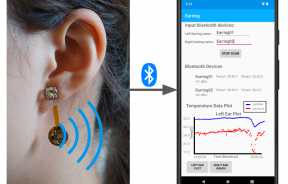Man Loses His 'Land Legs' After 25 Years In Cruise Ships: Know About This Rare Syndrome

Living on a cruise ship may sound like a dream, and for a Cuban national American businessman nicknamed "Super Mario," it truly is. After spending 25 years at sea and completing his 1,000th voyage with Royal Caribbean, Mario Salcedo, who traded his stressful job for life on the waves, has developed a bizarre health condition from his long stint at sea—but he has no regrets.
Salcedo spends roughly $101,000 a year on cruises, working just five hours a day and spending the rest of his time enjoying life onboard. However, his time at sea has led to a rare health condition, causing him to lose his "land legs."
"I've lost my land legs. I'm swaying so much I can't walk in a straight line. I'm so used to being on ships that it feels more comfortable to me than being on land," Salcedo said in an interview, as reported by the NY Post.
The bizarre health effect called Mal de débarquement syndrome (MdDS) is a rare vestibular disorder that causes a sensation of movement, even when you are not actually moving. The condition is typically seen in people after sea travel.
When people first board a cruise ship, they often need time to adjust to the constant motion of being on the water. Once they get their "sea legs," they become adjusted to the swaying and can move around the ship without bumping into walls. After returning to solid ground, most people quickly regain their "land legs" and feel steady again within a couple of days. However, people with Mal de Débarquement Syndrome (MdDS) continue to feel the sensation of rocking and swaying, even though they are no longer on a ship.
The symptoms include feelings of rocking, swaying, or bobbing, along with unsteadiness, balance issues, confusion, anxiety, depression, and brain fog. While these symptoms usually go away within a day of travel, in some cases, they can last for months or even years.
Studies suggest that only around 150,000 people in the U.S. are affected by Mal de Débarquement Syndrome. While anyone can develop the condition, it predominantly affects women between the ages of 30 and 60, making up 85% of cases. MdDS is also more common in individuals who suffer from migraines.



























